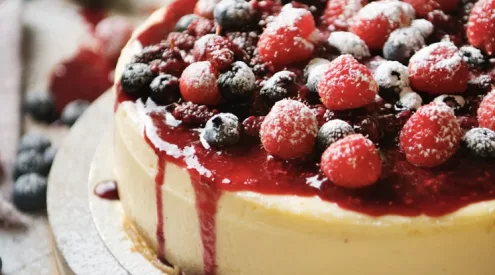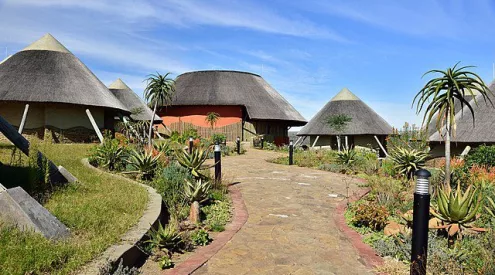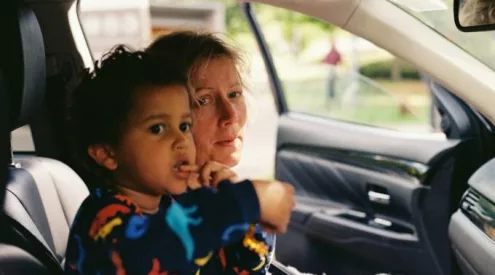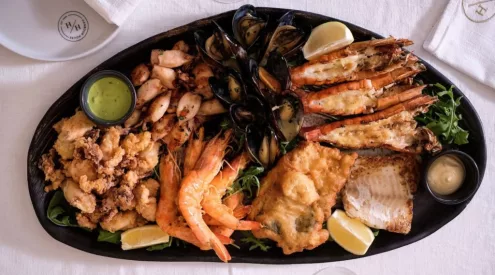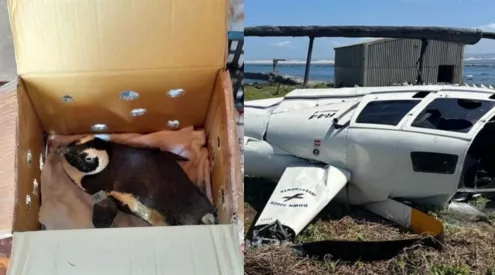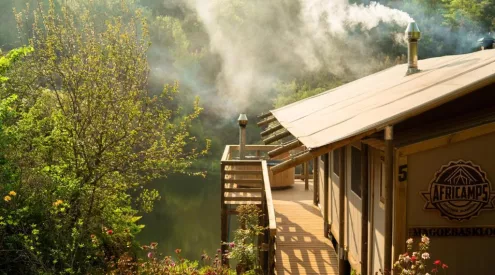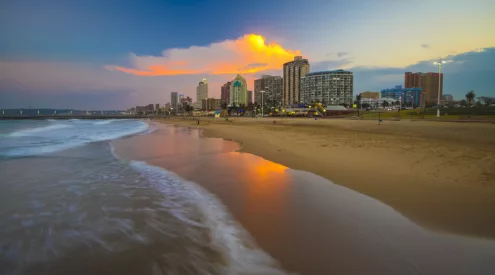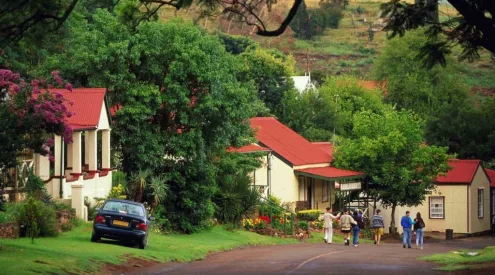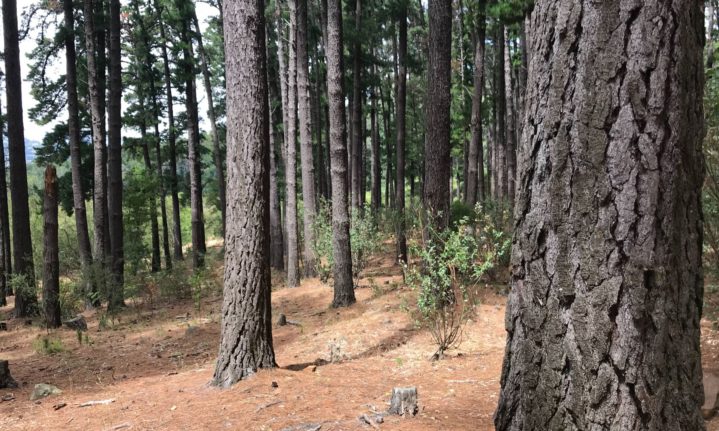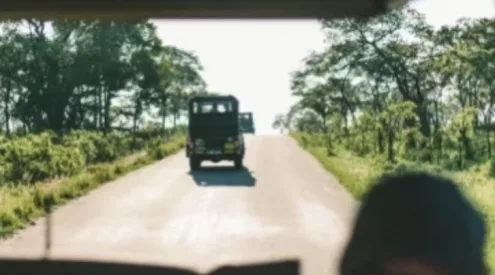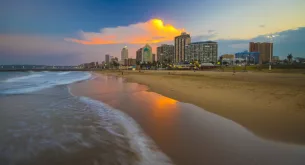Cape Town’s 2018 water crisis brought the threat of Invasive Alein Plants (IAP) to the forefront. The crisis was spurred by a severe drought that dried up all local reservoirs. In fear of reaching a point where all Cape Town residents would be without water – also known as Day Zero, the City of Cape Town began cutting down IAPs to prevent a worsening drought.
Invasive alien species can be described as plants, animals and microbes which are introduced into countries, and then outweigh indigenous species. Invasive alien species is a worldwide recognised problem, but poses a significant risk to South Africa in particular.
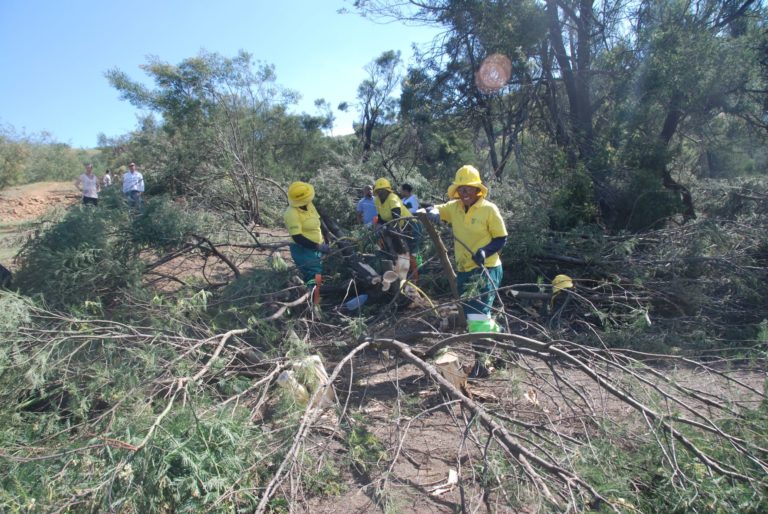
Economic damage aside, IAP’s pose a direct threat to South Africa’s rich biodiversity, water security, ecosystems, and sustainable use of land. In addition, IAPs worsen the impact of floods, fires, and increase soil erosion at an exponential rate. They also divert enormous amounts of water away from indigenous plants, causing devastating effects all around. An estimated 9000 plants have been introduced to South Africa, and 198 of those are classified as IAPs. These plants are estimated to cover about 10% of the country.
Cape Town is notoriously littered with large, condensed areas of pine trees, which are not native to South Africa. Pine trees were originally imported into Cape Town for the timber industry, but has since then outgrown native trees, and sucked up their water supply.
In response to the threat of both IAPs and Day Zero, dozens of teams armed with chainsaws have gone into the mountains today and began chopping down tens of thousands of non-native trees. Nkosinathi Nama, coordinator of the Greater Cape Town Water Fund asserted the necessity of these actions: ‘The pines are not indigenous to this area. They use up so much water – much more water than indigenous plants. This is the green infrastructure that we need to fix.’ Non-native trees consume up to three months of Cape Town’s annual water consumption. ‘One of the lessons of Day Zero is that our water catchment areas need to be rehabilitated and restored so that they are resilient,’ Nama added.
Picture: Working for Water
ALSO READ
Too hot to handle: Why South Africa’s cities need more trees

